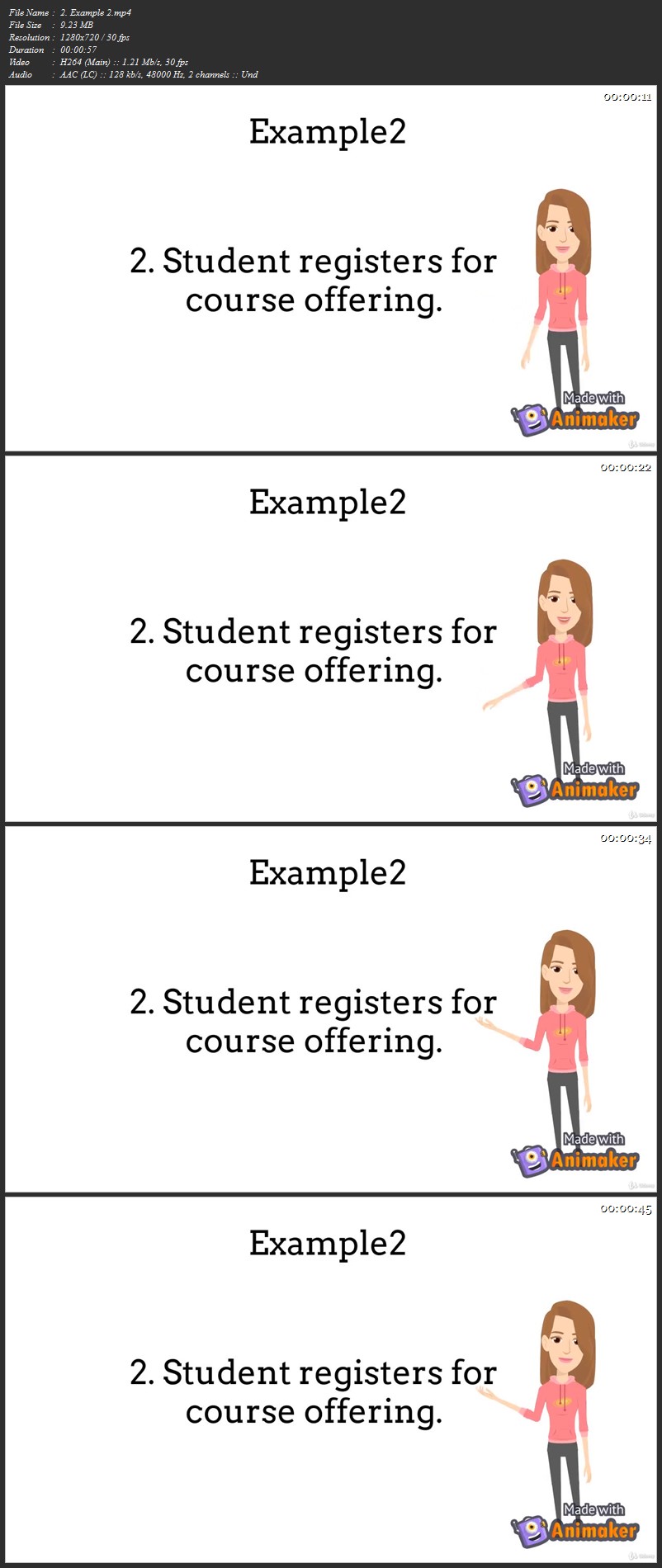UML class diagram
Duration: 33m | .MP4 1280x720, 30 fps(r) | AAC, 44100 Hz, 2ch | 327 MB
Genre: eLearning | Language: English
Duration: 33m | .MP4 1280x720, 30 fps(r) | AAC, 44100 Hz, 2ch | 327 MB
Genre: eLearning | Language: English
software engineering
What you'll learn
UML class diagram
Requirements
Willingness to learn
Description
This course introduces the students with the class diagram and the various relationship that can be portrayed in the class diagram. This course will give real-world examples to illustrate the different types of relationships. This course is intended for people who have little knowledge about the UML class diagram.
Class diagram is a static diagram. It represents the static view of an application. Class diagram is not only used for visualizing, describing, and documenting different aspects of a system but also for constructing executable code of the software application.
Class diagram describes the attributes and operations of a class and also the constraints imposed on the system. The class diagrams are widely used in the modeling of objectoriented systems because they are the only UML diagrams, which can be mapped directly with object-oriented languages.
Class diagram shows a collection of classes, interfaces, associations, collaborations, and constraints. It is also known as a structural diagram.
Purpose of Class Diagrams
The purpose of class diagram is to model the static view of an application. Class diagrams are the only diagrams which can be directly mapped with object-oriented languages and thus widely used at the time of construction.
UML diagrams like activity diagram, sequence diagram can only give the sequence flow of the application, however class diagram is a bit different. It is the most popular UML diagram in the coder community.
The purpose of the class diagram can be summarized as −
Analysis and design of the static view of an application.
Describe responsibilities of a system.
Base for component and deployment diagrams.
Forward and reverse engineering.
Who this course is for:
All students
More Info





